Ahead of its 2024 Environmental Progress Report and Earth Day on April 22, Apple has reminded us it'll recycle our iPhones and other devices for free.
Apple’s robots can recover recyclable materials from 23 different iPhone models
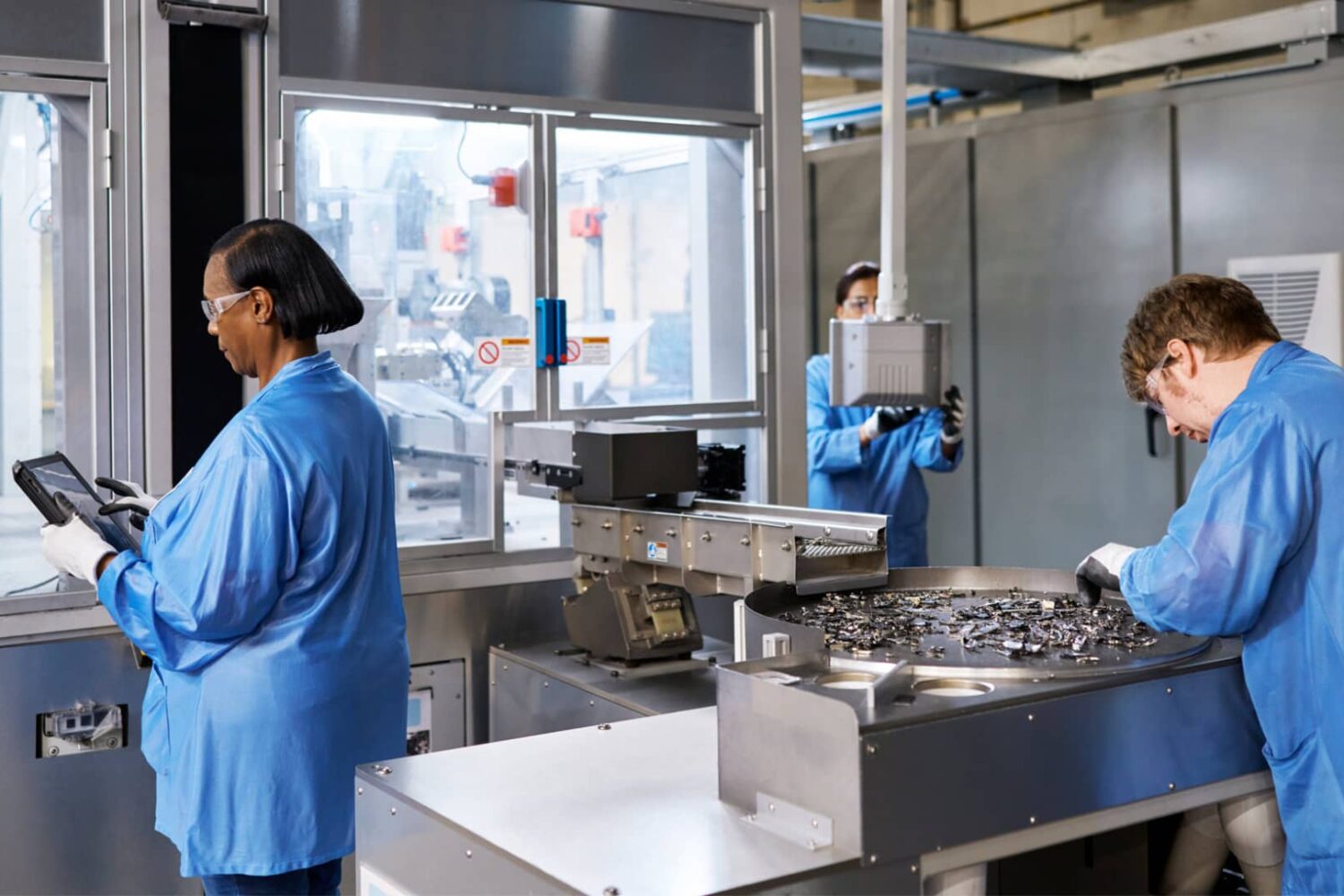

Ahead of its 2024 Environmental Progress Report and Earth Day on April 22, Apple has reminded us it'll recycle our iPhones and other devices for free.

It looks like Apple has disabled or wholly removed a feature from Vision Pro software that replaced the view of the user’s ceiling with a virtual sky environment.

Got the newest iPhone or iPad and are wondering what to do with your old one? In this article, we will share 21 tips to make use of your old iPhone or iPad and squeeze more value out of it for another few years.
The company might replace its entire lineup of silicone accessories such as iPhone cases, Apple Watch bands and more with eco-friendlier products.
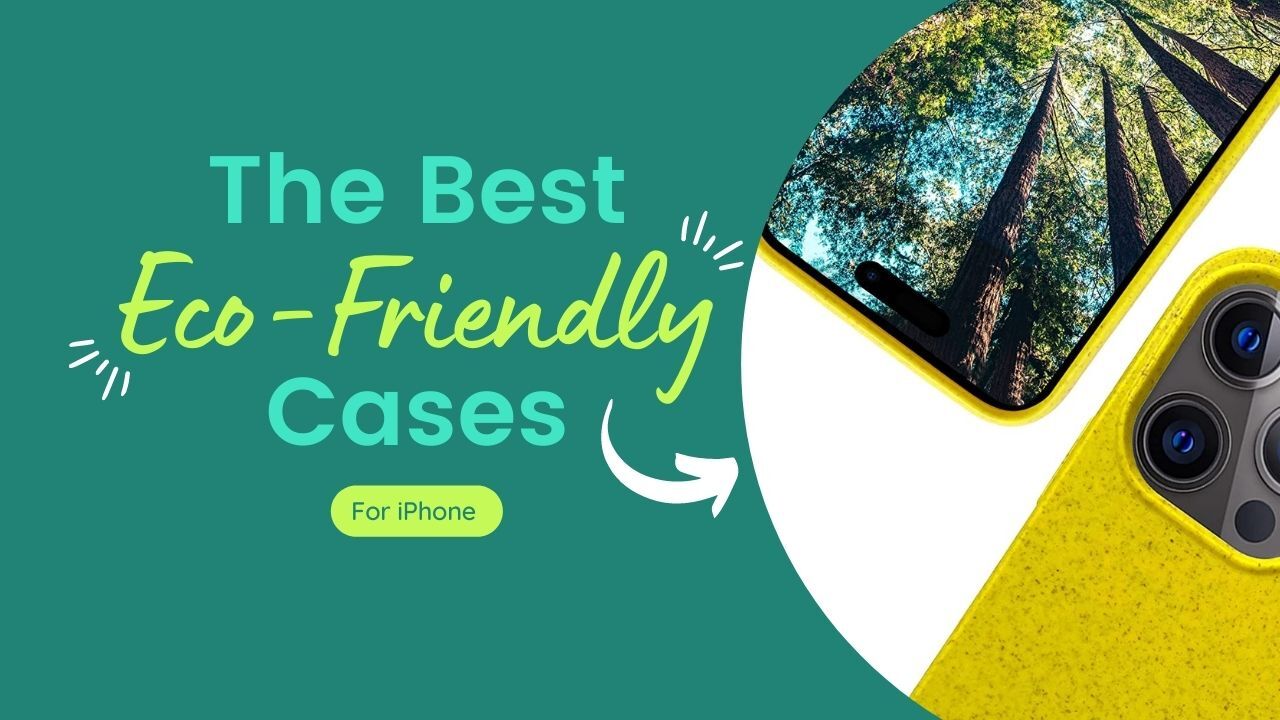
A good case can protect your phone and its fragile display from breaks, scratches, and other forms of damage incurred while in a purse or pocket, or when dropped. But did you know that there are phone cases that can also help protect the environment?
That’s right, just like fashion and other industries, mobile accessory makers have started using sustainable materials in their products in an effort to lower their waste and carbon footprint.
Today we are going to take a look at some of the best eco-friendly iPhone cases available, with options for every style and budget.
Purchases made on this page help support iDB. We may earn a small commission when you purchase through links on our site.
The best eco-friendly cases for iPhone November 2023 Pela iPhone Case with MagSafe ModuleTo be honest, we could probably fill this entire roundup with Pela cases. The company makes dozens of different iPhone cases, with various designs and patterns, using its proprietary blend of biopolymers and Canadian Prairie flax shive. That means the cases are free of lead, cadmium, BPA and phthalates, and are 100% compostable. This particular model has the built-in magnet, so it’s guaranteed to work with your MagSafe chargers and accessories.
iPhone 14 Pro $70
Other iPhone models:
iPhone 14 iPhone 14 Plus iPhone 13 & older WOODCESSORIES iPhone CaseThis WOODCESSORIES case is certified Climate Pledge Friendly by Amazon, meaning it has met certain sustainability standards. It’s made of wheat mix and organic plastic, and it’s BPA-free. This case is MagSafe-compatible, meaning your phone should still work with your chargers and accessories, but it doesn’t have the built-in magnet for that added confidence. There is a bonus though: for every product it sells, the company will plant a tree!
iPhone 14 Pro $25
Other iPhone models:
iPhone 14 iPhone 14 Plus iPhone 14 Pro Max iPhone 13 & older Inbeage Bio Case for iPhoneGoing green doesn’t necessarily have to be expensive. Inbeage has its Bio Case priced under $20. It’s made of plant-based biopolymers and harvested plants, and it’s free of lead, cadmium, BPA, phthalates, and other toxins. They market the case as 100% biodegradable and compostable, and the Amazon reviews, though few, seem pretty solid. The only downfall here is that there doesn’t seem to be support for as many iPhone models as the other cases.
iPhone 14 $13
Other iPhone models:
iPhone 14 Plus Explanita Eco Mobile Phone CaseExplanita has been making environmentally-conscious accessories and products for several years, and it too, offers an uber-affordable, eco-friendly iPhone case. They don’t break down the exact percentages, but the Eco is made from a mix of biodegradable properties like wheat straw and fiber, and recyclable TPU. The case comes with a 12-month warranty, has great Amazon reviews, and an “A” FakeSpot rating.
iPhone 14 Pro $9
Other iPhone models:
iPhone 14 Granola Gear Eco Friendly Case for iPhoneHere's another well-know case brand that has been making iPhone cases since the 6 series days. Granola Gear's eco-friendly iPhone case is a great mid-range option for those in search of 100% compostability. Seriously, once you are done using this case, you can just toss it in your compost pile. The company says it will break down in as few as 3 months — that's because it's made from plants and is completely plastic-free, as is its packaging.
iPhone 14 Pro $19
Other iPhone models:
iPhone 14 iPhone 14 Plus iPhone 14 Pro Max iPhone 13 & older FAQ What does eco-friendly mean?Eco-friendly is a broad term, used to describe a variety of products and practices, but the general definition is "not harmful to the environment." There are a number of different ways products can be considered eco-friendly, including using biodegradable, compostable, sustainable, and recyclable materials. Others will use 100% recyclable or compostable materials in their packaging. Some companies will claim their products are eco-friendly because they donate a portion of each sale to a green initiative or organization — again, the gamut is extremely wide. For the purposes of this roundup, however, eco-friendly means that the case is made of all, or at least some, biodegradable materials. That way you know that all, or most, of the case will break down over time, and not take up any space in a dump or landfill.
Why is eco-friendly important?Becoming more eco-friendly is a mission for a number of companies, including Apple, in an effort to help minimize the waste and pollution from the mobile industry. To better understand it, let's try a little exercise. Think of all of the cases you've had, for all of the mobile phones you've ever owned, and picture them in a pile, along with their packaging, on the ground in front of you. Now that's just your waste. Imagine this pile multiplied 8 billion times. The majority of this waste will not break down, meaning it will just sit there, in a dump or landfill somewhere (or worse, the ocean), forever. This is obviously not sustainable, so many companies are looking for ways to change course.
Are biodegradable phone cases actually biodegradable?The short answer is yes. If a company claims their cases are 100% biodegradable, one would assume that they are, but you can always check out the materials to confirm it. If you see TPU or plastics mentioned, then there should probably be an asterisk, as normal plastics aren't biodegradable. You can use recycled plastics, which is certainly better than nothing, and I believe there are some bio- and organic plastics now that will decompose, but for the most part, plastics = bad. Examples of biodegradable materials include, but are not limited to, biopolymers, flax shive, flaxstic, flax straw, wheat mix, and fiber.
What is the difference between compostable and biodegradable?The difference between biodegradable and compostable products is super simple: the former promises to break down into smaller pieces over time, and that's it. The latter promises to break down quickly, without releasing anything harmful into the environment, as well as provide nutrients. All compostable products are biodegradable, but not all biodegradable products are compostable.
What is BPA and why is it bad?You'll see BPA-free marked on a lot of these cases, and really, products in general. BPA is the abbreviation for the industrial chemical bisphenol A, which has been widely used in polycarbonate plastics and epoxy resins for the past 60 years. Why is BPA bad? Well for starters, it's been linked to certain types of cancer, hormone disruption, and various other health problems. It's also a persistent chemical, meaning it doesn't break down easily in the environment. BPA will actually accumulate in soil, water and living organisms over time, which in turn leads to higher concentrations throughout the food chain. This is called bioaccumulation, and it's...not great. You'd be surprised how much plastic we unknowingly consume on a regular basis.
Other than BPA, what toxic chemicals should I watch out for?You'll notice a lot of these cases, and other eco-friendly products, proudly claim they are free of lead and other toxic chemicals. Lead is bad, because it's a highly toxic heavy metals that can cause severe health issues, and like BPA, it can bioaccumulate in plants and animals, resulting in higher concentrations in the food chain. Then there's cadmium, which is bad for all the same reasons, and Phthalates, which are a group of chemicals used as 'plasticizers' in various products. These too are highly toxic, and can leach from products into the environment. Ugh. Bottom line: it's a very good thing if a product claims to be free of these chemicals.
What are sustainable materials?Sustainable materials are materials that have a lower environmental impact compared to traditional materials. These materials are sourced, produced, and used in a way that minimizes negative effects on the environment, human health, and resource depletion. Sustainable materials you might see in phone cases or their packaging include bamboo, cork, mycelium, re cycled materials, and bio-based plastics.
Are compostable phone cases as durable as plastic cases?Obviously quality can vary from brand to brand and case to case, but for the most part biodegradable and compostable cases are very similar to their plastic counterparts. Many of them have a rubber-like texture for better grip, and have added padding around the rear camera and display for better drop-protection. These cases are made for all smartphones, including legacy iPhones and Androids, as well as new phones, and they are [somewhat] compatible with wireless chargers.
Are cork phone cases eco friendly phone cases?They certainly can be, yes. As with other cases that claim to be eco-friendly, you have to look at all the materials used in the manufacturing, not just the cork. Reveal, for example, makes cork and cork leather cases, that are completely sustainable. The cork is made from the bark of cork trees, meaning they don't need to cut the tree down to harvest the material. We have yet to find any real inventory of their iPhone 14 cork cases, but if you have an older model iPhone, they may be worth checking out (no cases for Android phones, though). Cork is completely biodegradable and can be easily recycled without releasing any toxic residues during the production process.
Be sure to check out our other roundups:
The best AirPods deals The best prepaid plans for iPhone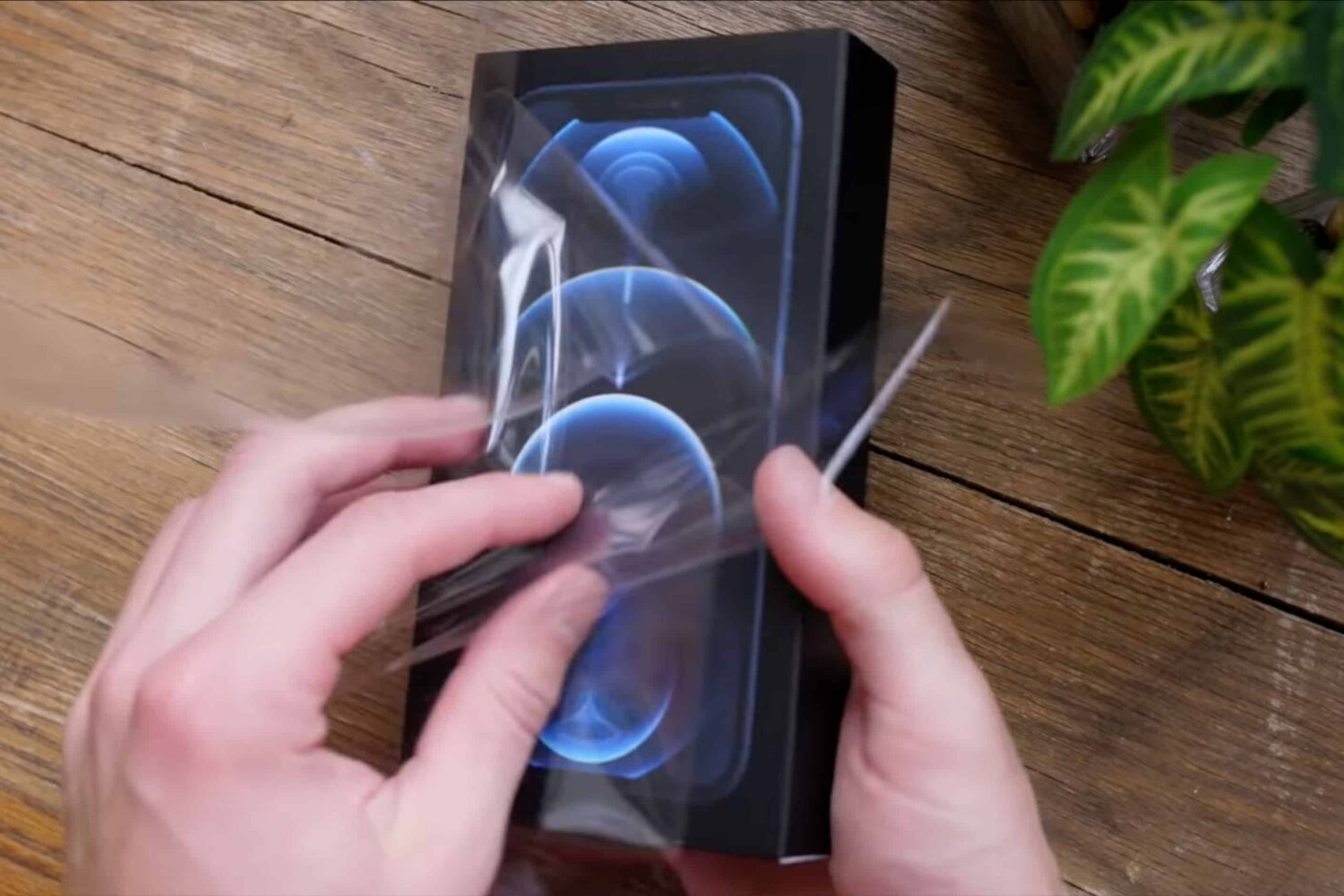
Apple has begun to use eco-friendly packaging for sending back repaired iPhone 12 units to further eliminate the use of plastic wrappings in all product packaging.

Developer Ustwo Games has added a new chapter to Monument Valley 2, the second installment of its popular impossible architecture puzzle game that launched in June 2017.
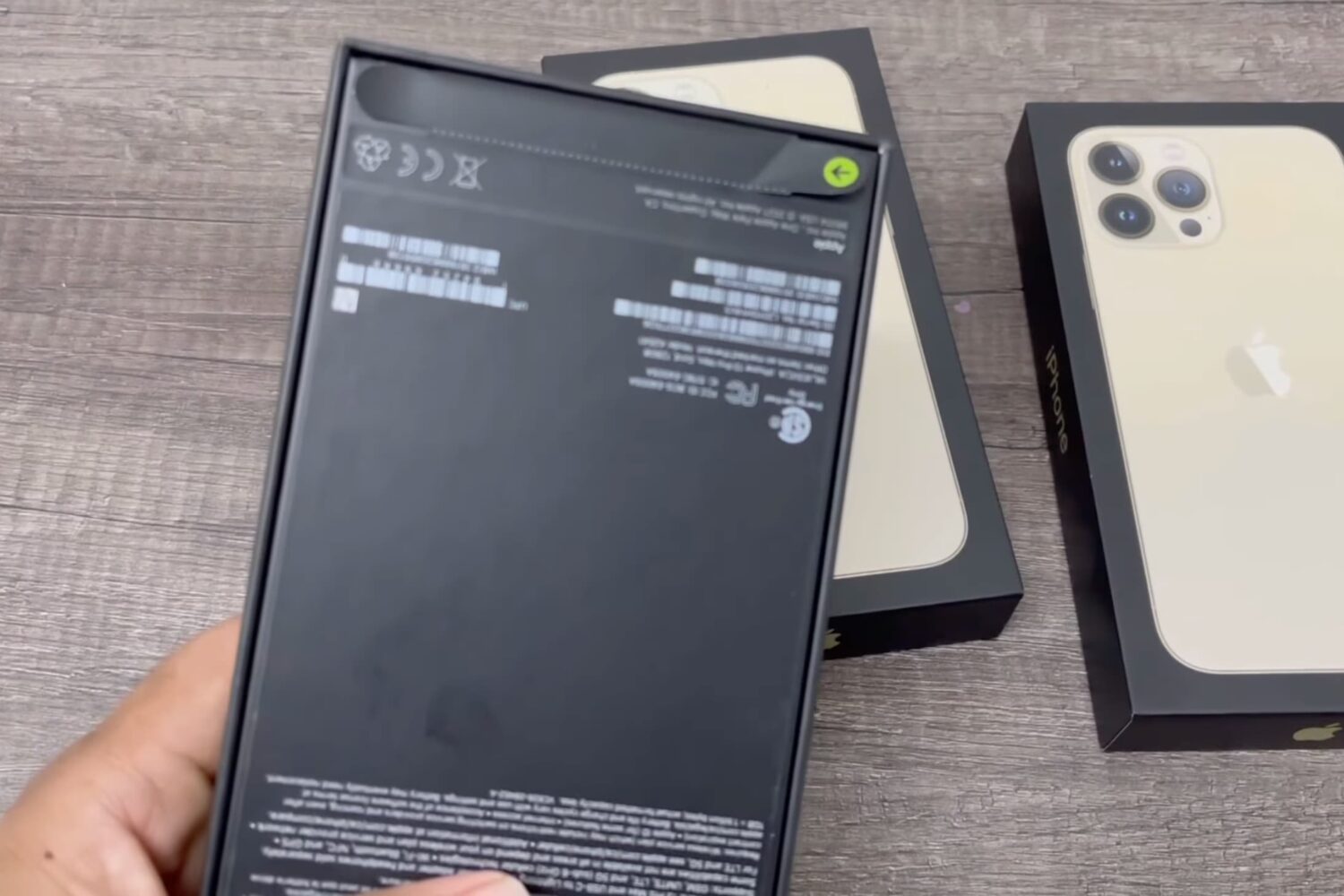
Earlier this month, Apple unveiled the iPhone 13 lineup to the world at its California Streaming event. Last week, the new lineup went up for pre-order. And, later this week, the smartphones will officially go on sale and start arriving on doorsteps for folks who pre-ordered. Unless you're one lucky person in Dubai.

Apple has been making it clear that the environment is a major focal point for the company for quite some time. Back in July of last year, for instance, it restated its goal to have the entire supply chain be 100% carbon neutral by 2030. And, today, Apple's using a video to make that promise again.

Supporting young filmmakers is an important endeavor, giving them the means to launch short films to tell their stories. The Redford Center is teaming up with Apple this year to help with that.
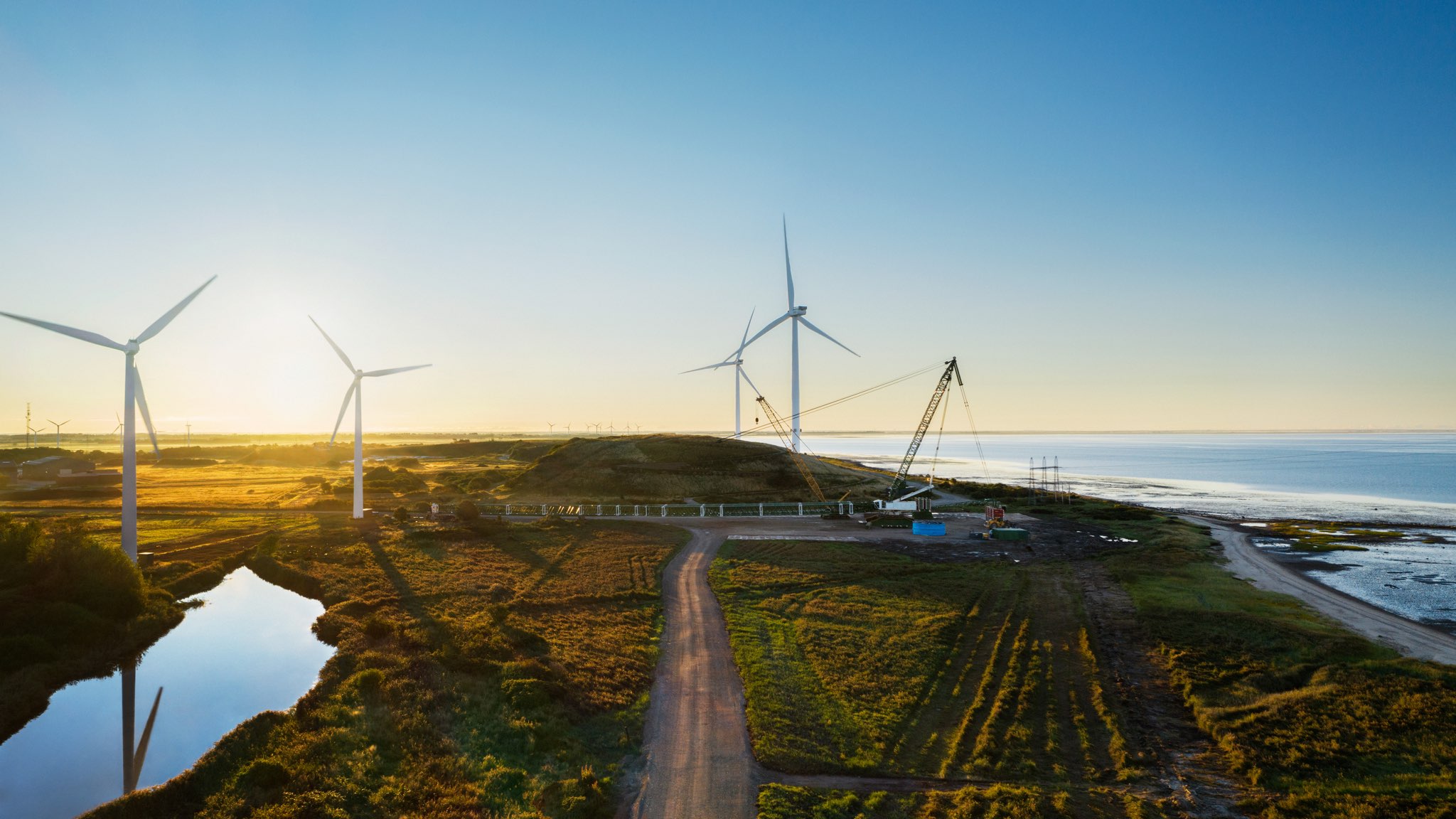
Apple today said it's advanced its self-imposed 2030 carbon neutral goal by investing in the world’s largest onshore wind turbines in Denmark and new clean energy efforts in Germany.

Apple today shared a new video on its YouTube channel that focuses on climate change and the company's own efforts to eliminate its whole carbon footprint before the next decade ends.